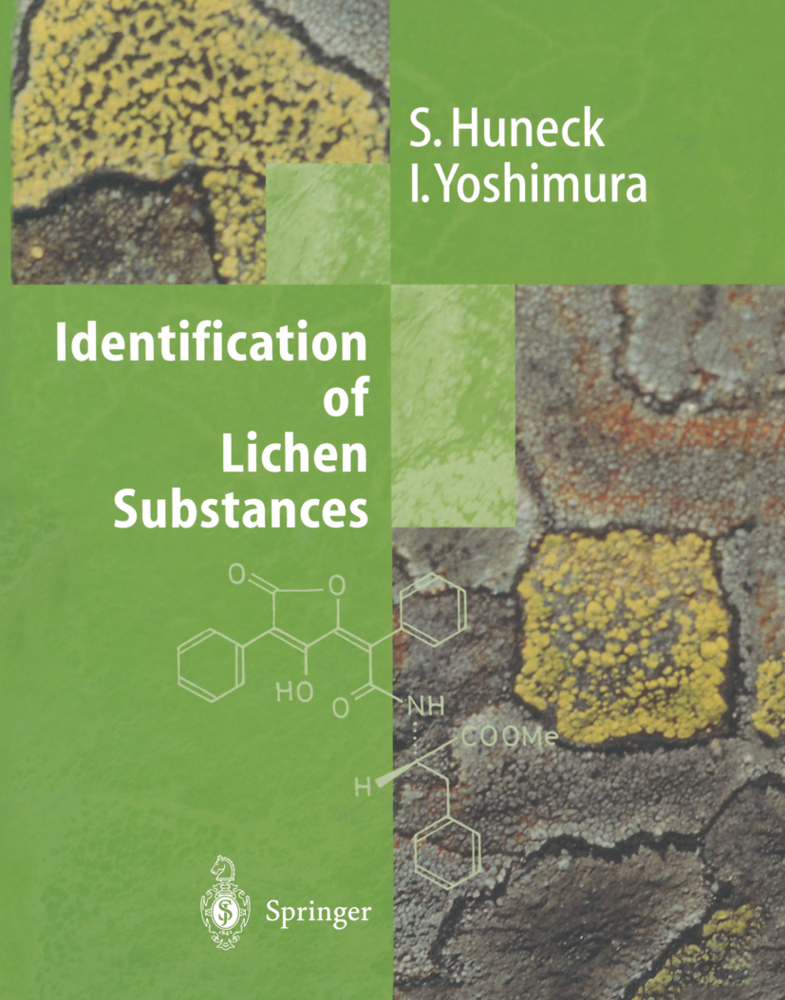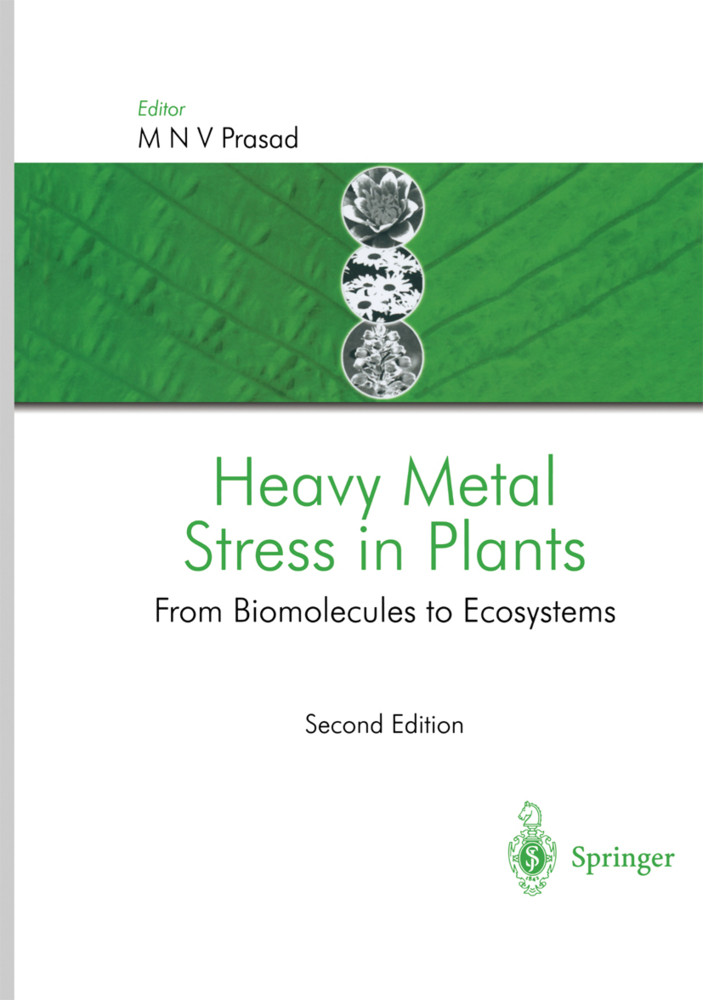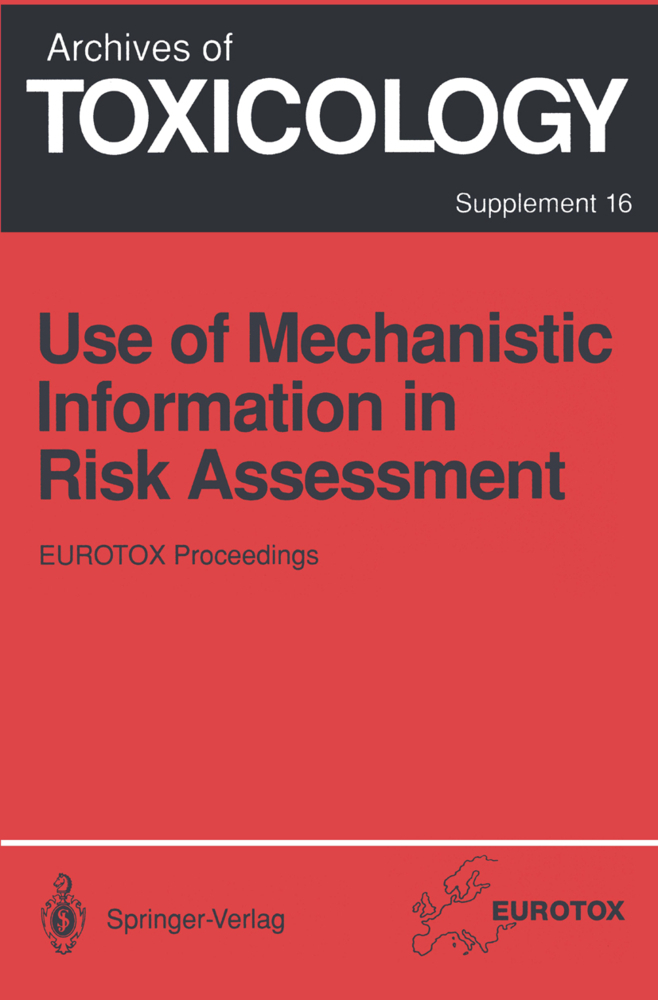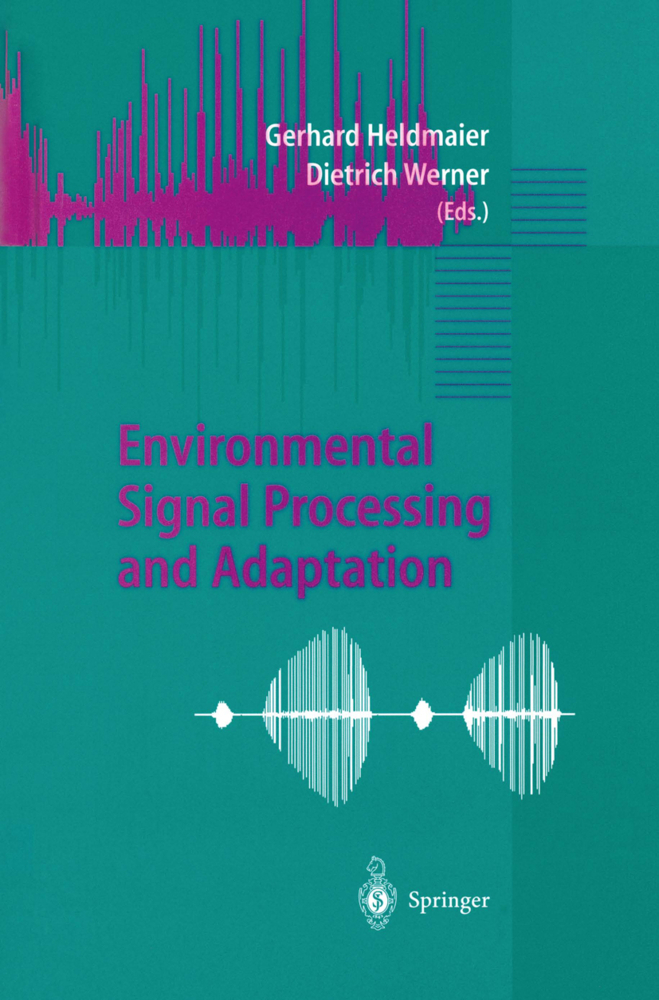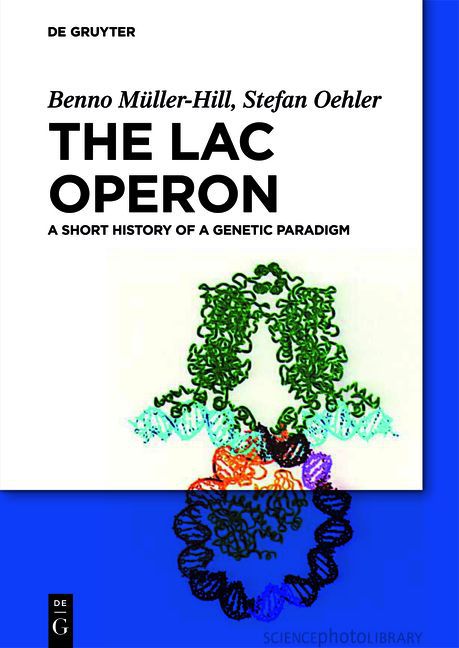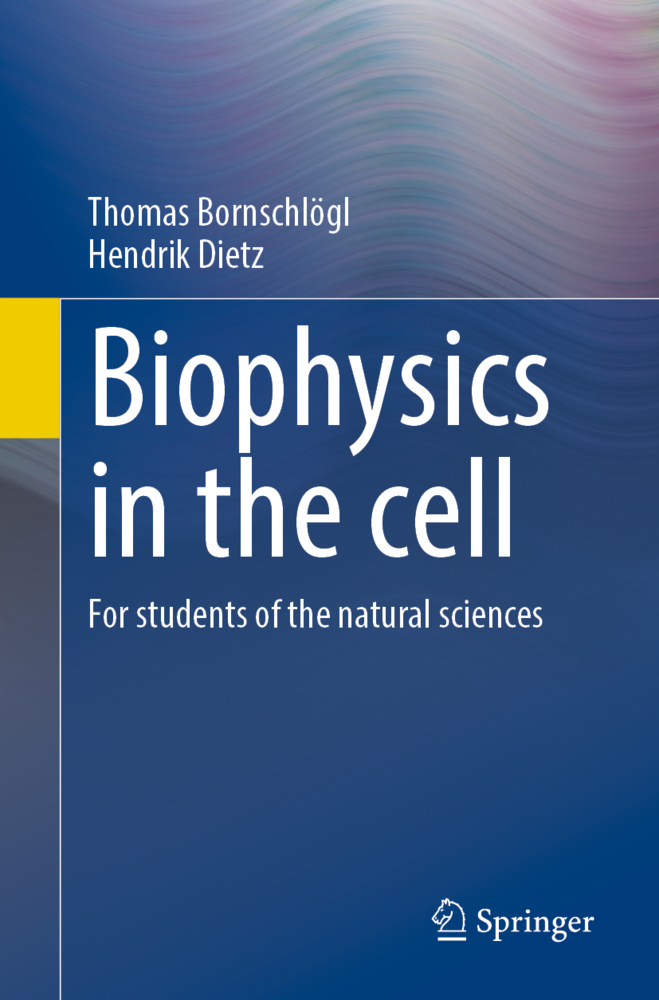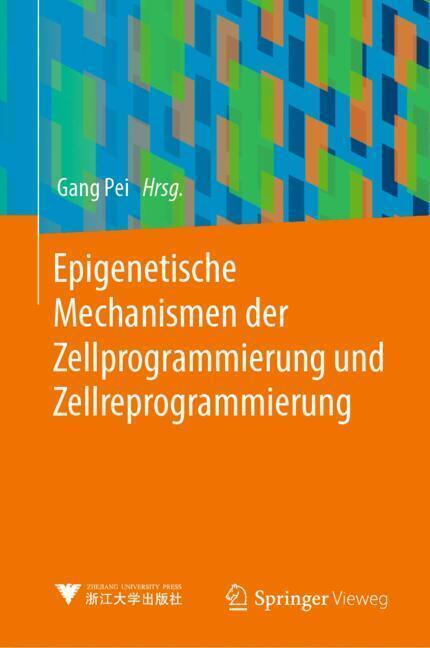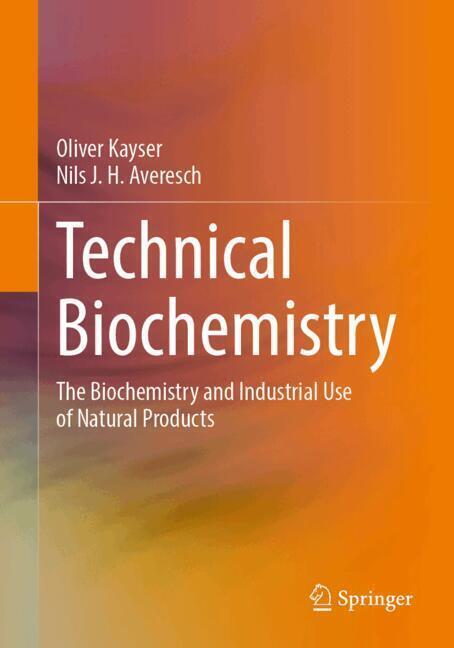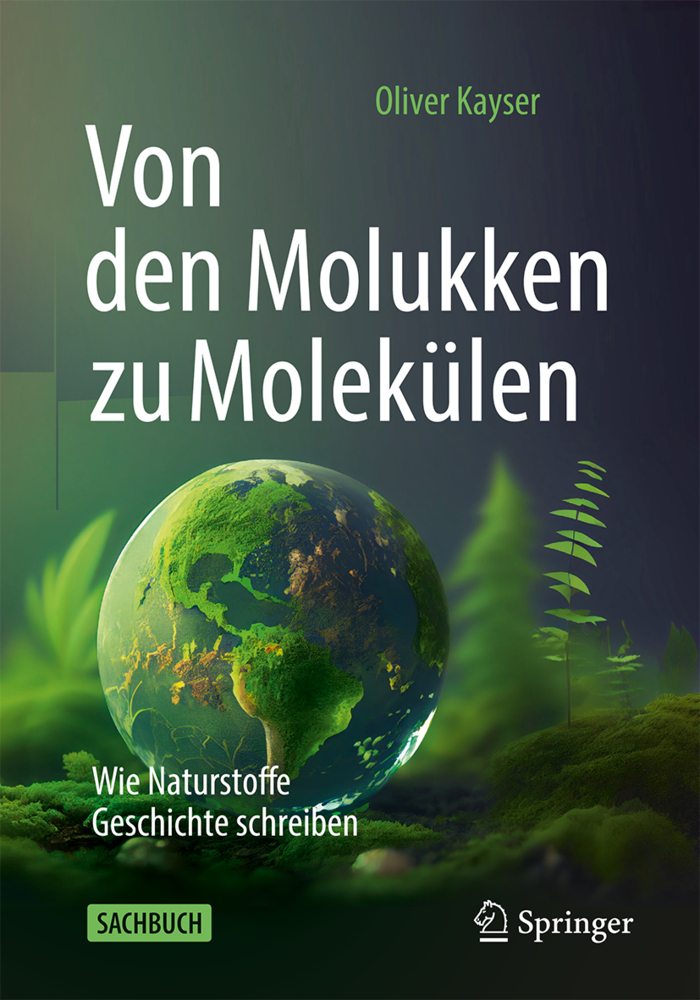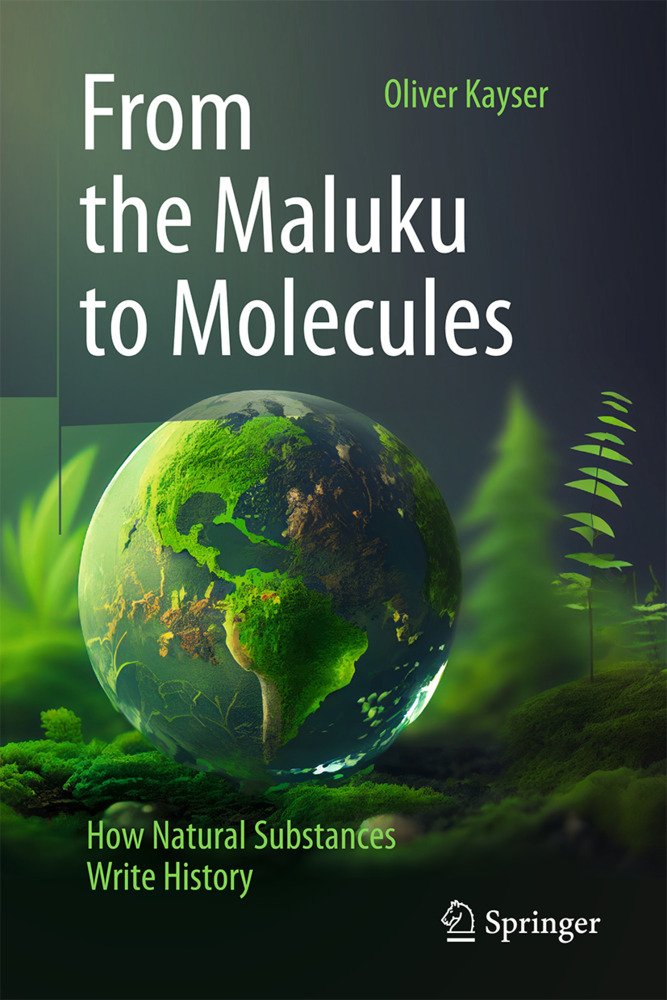Identification of Lichen Substances
Identification of Lichen Substances
This handbook is an indispensable tool for the isolation, identification and structural analysis of the approx. 700 substances currently known to occur in lichens. The first part covers all necessary methods for the analysis of lichen metabolites; the second part gives the analytical and spectroscopical data of all known lichen substances as well as a key to their identification and differentiation.
Besides its high value for all chemists working with these substances as a basis for other products, the book serves as a chemotaxonomical key to the identification of lichen species and as a reference for all those who use lichens for the biomonitoring of environmental pollution.
1.2 General Meaning of Lichen Substances and Their Use in Past and Present Time
1.3 Culture of Lichens and Their Symbionts
2 Identification of Lichen Substances
2.1 Extraction and Purification of Lichen Substances
2.2 Melting Point
2.3 Colour Reactions and Other Reactions for the Identification of Lichen Substances
2.4 UV Spectroscopy
2.5 IR Spectroscopy
2.6 NMR Spectroscopy
2.7 Mass Spectrometry
2.8 Optical Rotation
2.9 Optical Rotatory Dispersion (ORD) and Circular Dichroism (CD)
2.10 Microcrystallization
2.11 Thin Layer Chromatography
2.12 High Performance Liquid Chromatography (HPLC)
2.13 Gas Liquid Chromatography (GLC)
2.14 X-Ray Analysis
2.15 Laser Microprobe Mass Spectrometry (LAMMA)
2.16 Derivatization
2.17 Cleavage of Depsides
3 Data of Lichen Substances
3.1 General Remarks and Abbreviations of the Data
3.2 N-Containing Compounds
3.3 P-Containing Compounds
3.4 S-Containing Compounds
3.5 Polyols, Monosaccharides, Carbohydrates
3.6 Aliphatic and Cycloaliphatic Compounds
3.7 Aromatic Compounds
3.8 Quinones
3.9 Chromanes and Chromones
3.10 Xanthones and bis-Xanthones
3.11 Dibenzofuranes
3.12 Diphenylether
3.13 Biphenyls
3.14 Diphenylmethanes
3.15 Nostoclides
3.16 Depsides
3.17 Depsidones
3.18 Depsones
3.19 Naphthopyranes
3.20 Terpenoids
3.21 Pulvinic Acid Derivatives
3.22 Cleavage Products of Depsides and Depsidones
Literature
Addenda.
Besides its high value for all chemists working with these substances as a basis for other products, the book serves as a chemotaxonomical key to the identification of lichen species and as a reference for all those who use lichens for the biomonitoring of environmental pollution.
1 Introduction
1.1 Short History of the Study of Lichen Substances1.2 General Meaning of Lichen Substances and Their Use in Past and Present Time
1.3 Culture of Lichens and Their Symbionts
2 Identification of Lichen Substances
2.1 Extraction and Purification of Lichen Substances
2.2 Melting Point
2.3 Colour Reactions and Other Reactions for the Identification of Lichen Substances
2.4 UV Spectroscopy
2.5 IR Spectroscopy
2.6 NMR Spectroscopy
2.7 Mass Spectrometry
2.8 Optical Rotation
2.9 Optical Rotatory Dispersion (ORD) and Circular Dichroism (CD)
2.10 Microcrystallization
2.11 Thin Layer Chromatography
2.12 High Performance Liquid Chromatography (HPLC)
2.13 Gas Liquid Chromatography (GLC)
2.14 X-Ray Analysis
2.15 Laser Microprobe Mass Spectrometry (LAMMA)
2.16 Derivatization
2.17 Cleavage of Depsides
3 Data of Lichen Substances
3.1 General Remarks and Abbreviations of the Data
3.2 N-Containing Compounds
3.3 P-Containing Compounds
3.4 S-Containing Compounds
3.5 Polyols, Monosaccharides, Carbohydrates
3.6 Aliphatic and Cycloaliphatic Compounds
3.7 Aromatic Compounds
3.8 Quinones
3.9 Chromanes and Chromones
3.10 Xanthones and bis-Xanthones
3.11 Dibenzofuranes
3.12 Diphenylether
3.13 Biphenyls
3.14 Diphenylmethanes
3.15 Nostoclides
3.16 Depsides
3.17 Depsidones
3.18 Depsones
3.19 Naphthopyranes
3.20 Terpenoids
3.21 Pulvinic Acid Derivatives
3.22 Cleavage Products of Depsides and Depsidones
Literature
Addenda.
Huneck, Siegfried
Yoshimura, Isao
| ISBN | 978-3-642-85245-9 |
|---|---|
| Artikelnummer | 9783642852459 |
| Medientyp | Buch |
| Auflage | Softcover reprint of the original 1st ed. 1996 |
| Copyrightjahr | 2012 |
| Verlag | Springer, Berlin |
| Umfang | XII, 493 Seiten |
| Abbildungen | XII, 493 p. |
| Sprache | Englisch |

